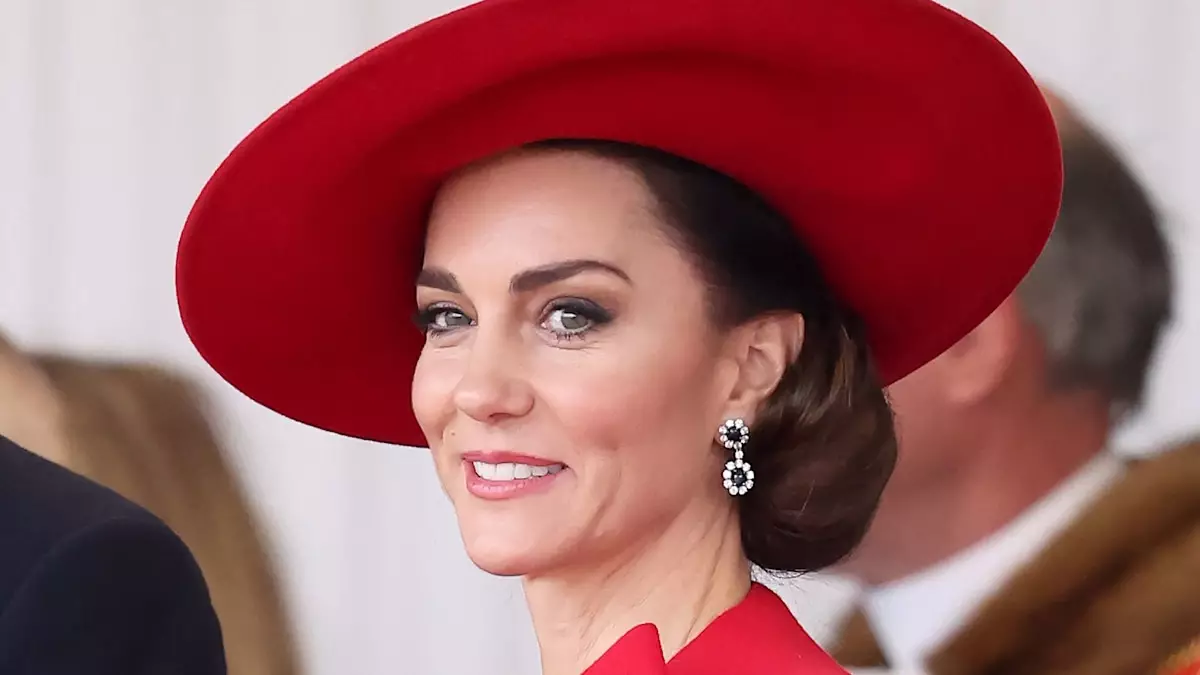In the world of royal fashion, appearance is not merely a matter of aesthetic preference; it is a language steeped in tradition, etiquette, and intricate symbolism. For royal ladies like Princess Kate and Zara Tindall, public appearances come with an expectation of adherence to a strict dress code that is both modest and elegant. This adherence to royal protocol reflects a broader narrative—the royal family’s commitment to the traditions that shape their public image.
Historically, royal fashion has dictated specific guidelines concerning hemlines, necklines, and even color choices. But why are these expectations so rigid? The answer lies not only in maintaining dignity but also in communicating the right message to the public. For instance, light-colored nail polish and appropriate hemlines ensure that royal ladies come across as both accessible and respectful of the positions they hold. This carefully curated portrayal shapes public perception, allowing them to symbolize stability and continuity in a rapidly changing world.
The Hat Drama: Tradition Meets Modernity
One of the most peculiar yet fascinating aspects of royal fashion is headwear. Grant Harrold, a former royal butler, sheds light on the universal yet nuanced rule regarding hats. According to him, hats are not merely an accessory; they are an essential part of royal etiquette during formal events. The notion that royal women must wear hats from 6 AM to 6 PM has a historical basis rooted in the 19th century, reflecting societal norms that detested the exposure of a woman’s hair in public.
This tradition persists today, with hats often being a requirement for events like the Commonwealth Day Service at Westminster Abbey. Interestingly, the strict rules seem to have a dual function: they not only uphold tradition but also cultivate an air of mystery and exclusivity that surrounds royal appearances. The avoidance of fascinators, especially during ceremonial occasions, adds another layer to this sartorial decorum, making the act of donning a hat even more significant.
It is worth noting the playful rebellions that occasionally occur within these constraints. Princess Beatrice captivates attention by wearing oversized headbands disguised as hats, subtly challenging the boundaries of royal fashion while remaining firmly within its rules. This creative expression demonstrates that even within a framework of strict guidelines, there is room for individuality and flair—an important facet in a contemporary royal life yearning to connect with the public.
The Color of Authority: Symbolism in Apparel
Another intriguing element of royal fashion is the psychological and emotional weight attributed to color. Notably, Princess Kate’s habitual choice of red during significant diplomatic engagements is not coincidental. This strategic color choice signifies power and daring, echoing symbolic references to courage and sacrifice from ancient civilizations.
Marina Thomas, a color expert and stylist, elaborates on this connection, drawing parallels between Kate and her late mother-in-law, Princess Diana, who often donned red for important occasions. This lineage serves as a connecting thread, weaving a narrative of continuity and strength within the royal family. In essence, the choice to wear red does more than just make a bold statement; it creates an invisible dialogue that resonates with observers, tapping into historical and emotional connotations crafted over centuries.
This choice in color suggests a deliberate effort to be seen and to stand out, aligning with the intrinsic expectations placed on royal women. Such thoughtful styling choices challenge the notion that royal fashion is merely about adherence to tradition; it is an active form of storytelling. The clothes they wear become symbolic armor, reflecting not just aesthetic values but also the core tenets of their roles as modern representatives of a timeless institution.
Indeed, royal fashion is less about flamboyance and more about resonance. It encapsulates a multifaceted communication strategy where each garment narrates a part of the royal story, balancing respect for tradition with the need for relevance in the modern age. By marrying these elements, royal ladies impact public consciousness, reinforcing their positions while inviting the public into their narrative.

